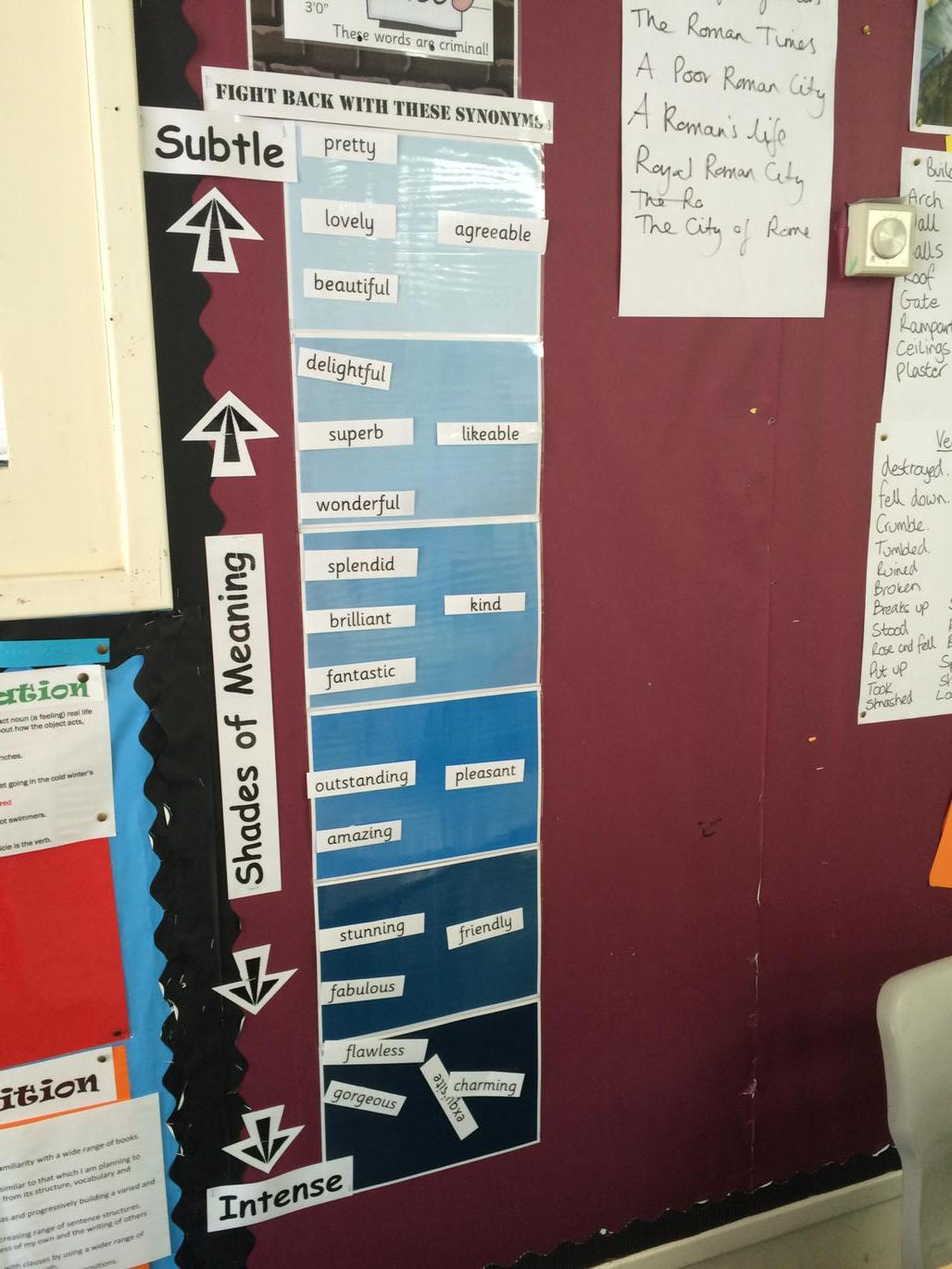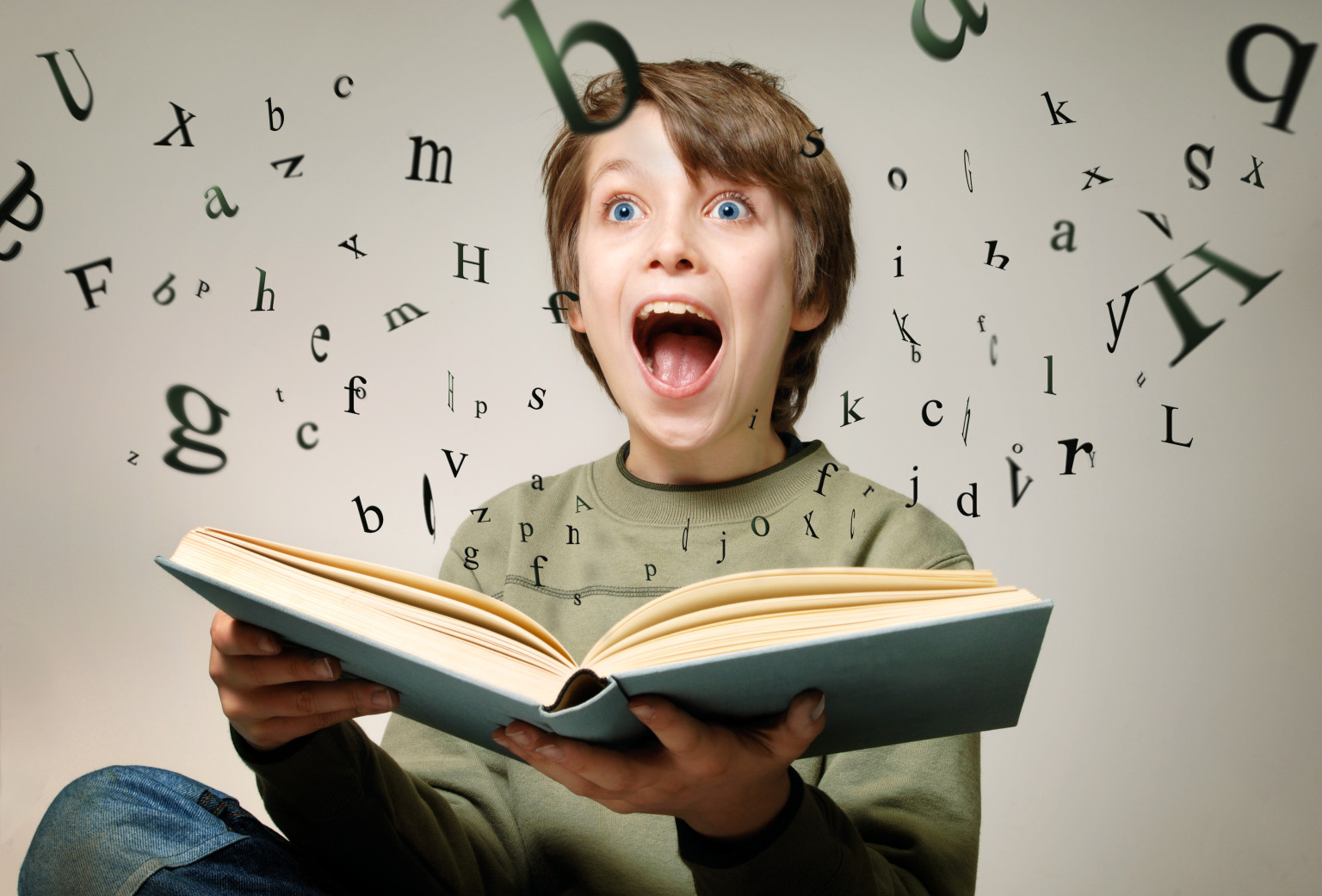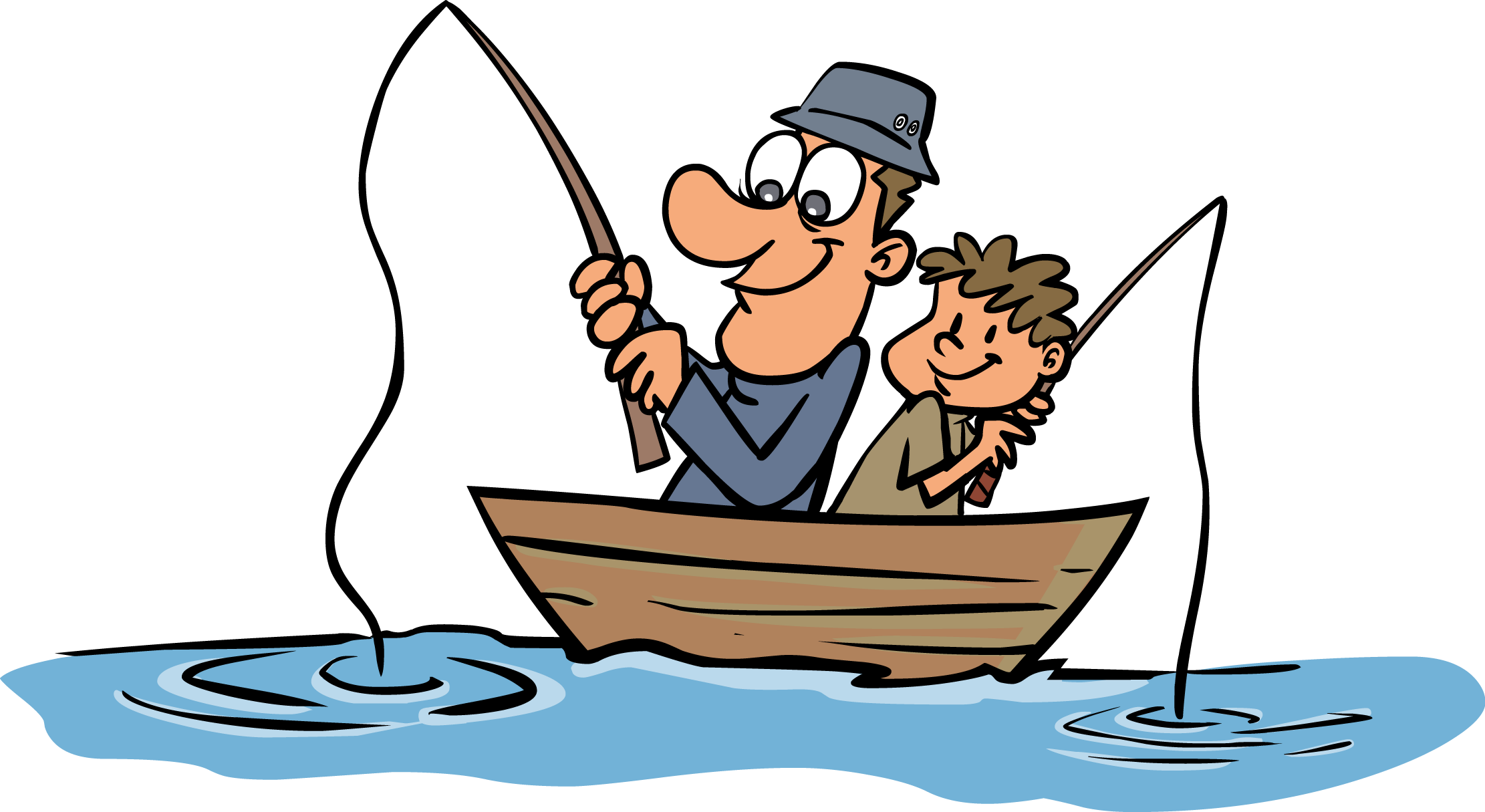Look at the tshirts awarded in the Tour de France - explain that the tshirts are awarded for the fastest cyclist up a mountain, the fastest on the road, the person who wins the most races during the tour etc.
Discuss in English what the "most" really tellls us- it means that on this tour no one can do better in that particular race or on the whole tour.
Share le maillot jaune with the class
Take a look at how to form the superlative in the target language!
It's a good activity at the end of Year 5 or Yerar 6 and would work well in KS3 Year 7 too.
Search for characteristics
Ask the class to help you to find adjectives in the bilingual dictionary that describe "positive " qualities in a person (e.g helpful, kind, funny, friendly, supportive,organised, tidy, sporty etc)
Take vote
Give out card yellow tshirts as voting cards - one per child.
- Ask the class to take a vote on the most important characteristic they have found in the list of adjectives you have compiled if ..... they needed help learning something / wanted to be cheered up / wanted someone to keep them company etc
- Now take a vote on which four characteristics have been most important in your class this week/ this half term/ this term/ this year?
Who is the most .....?
Practise with the children creating the superlative of the adjective. for "the most organised boy" / " the most organised girl" ,"the most creative boy " "the most creative girl etc - the tidiest , the most helpful, the kindest.
Can the children spot the changes when we are describing a boy and when we are describing a girl?
Design your class tshirts
Ask the class to design a tshirt to award to their partner to say what the best quality of this person is.
They must design the tshirt and add the superlative phrase
Our class reward tshirts
Now can your class help you to design reward t-shirts for the duration of the Tour de France?
These can be awarded on a daily basis for the “superlative” people in your class during the Tour de France!
Display the t-shirts with their superlative labels for all to see and add the faces of the children who win these t-shirts one by one.









































